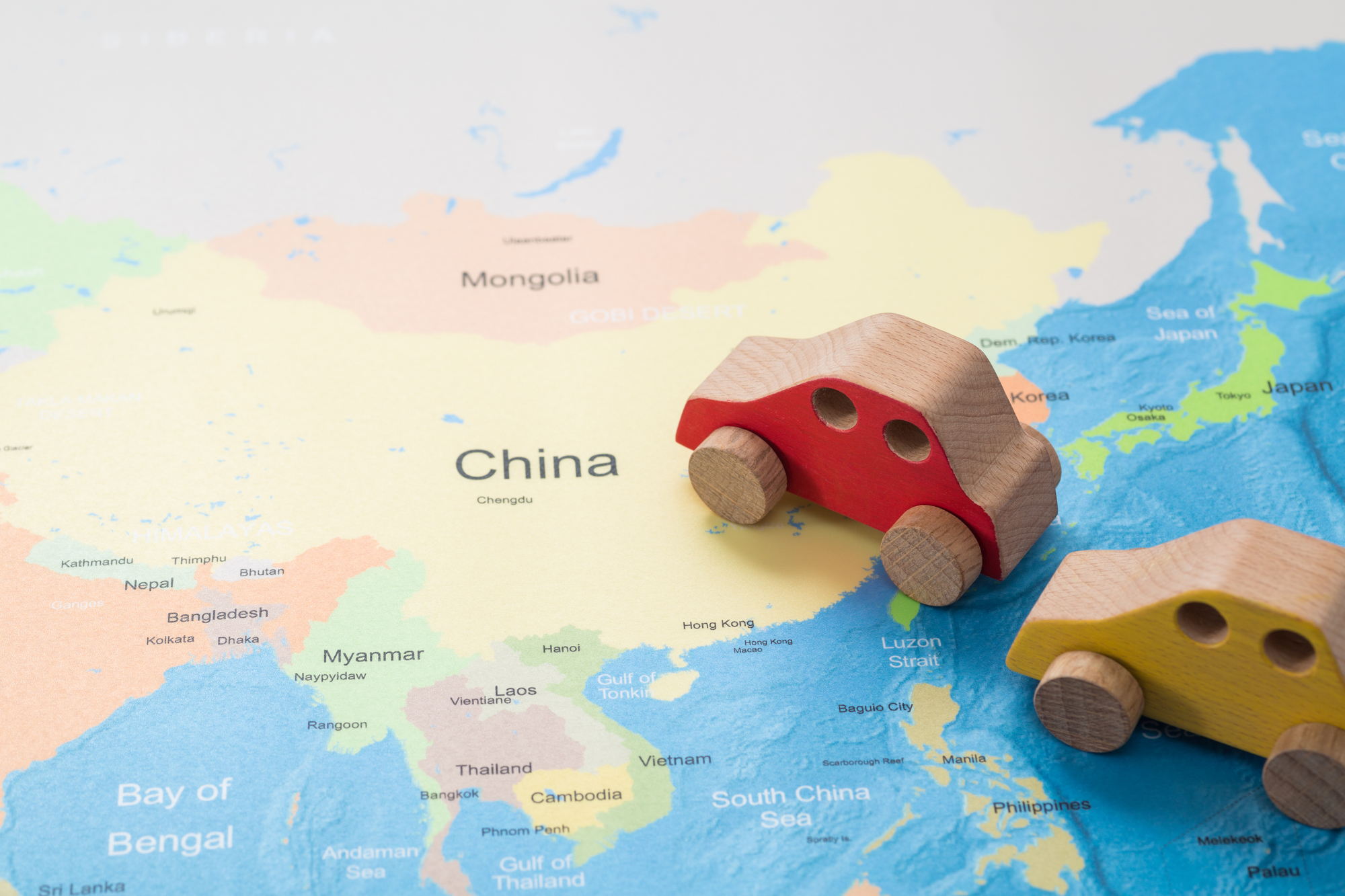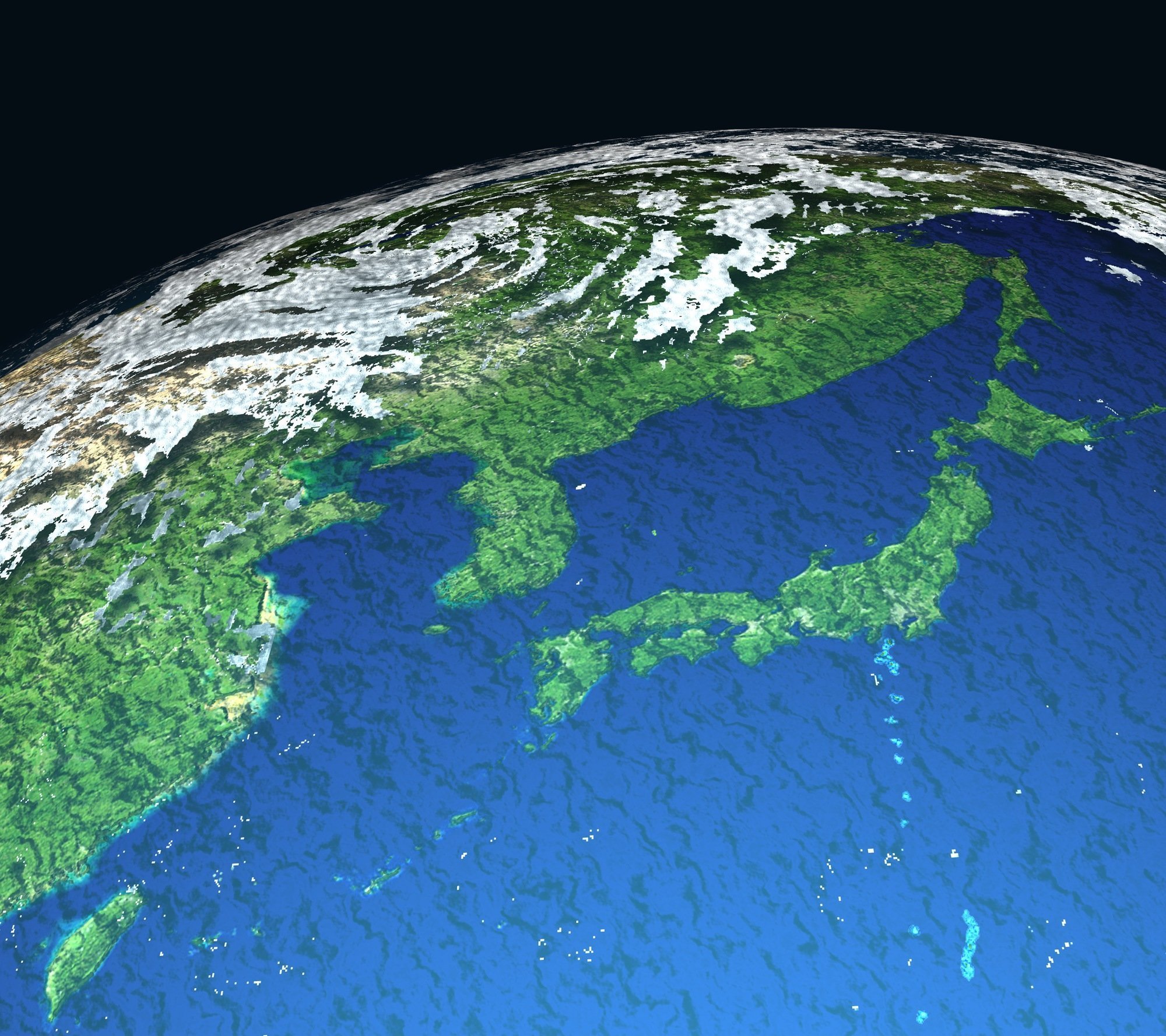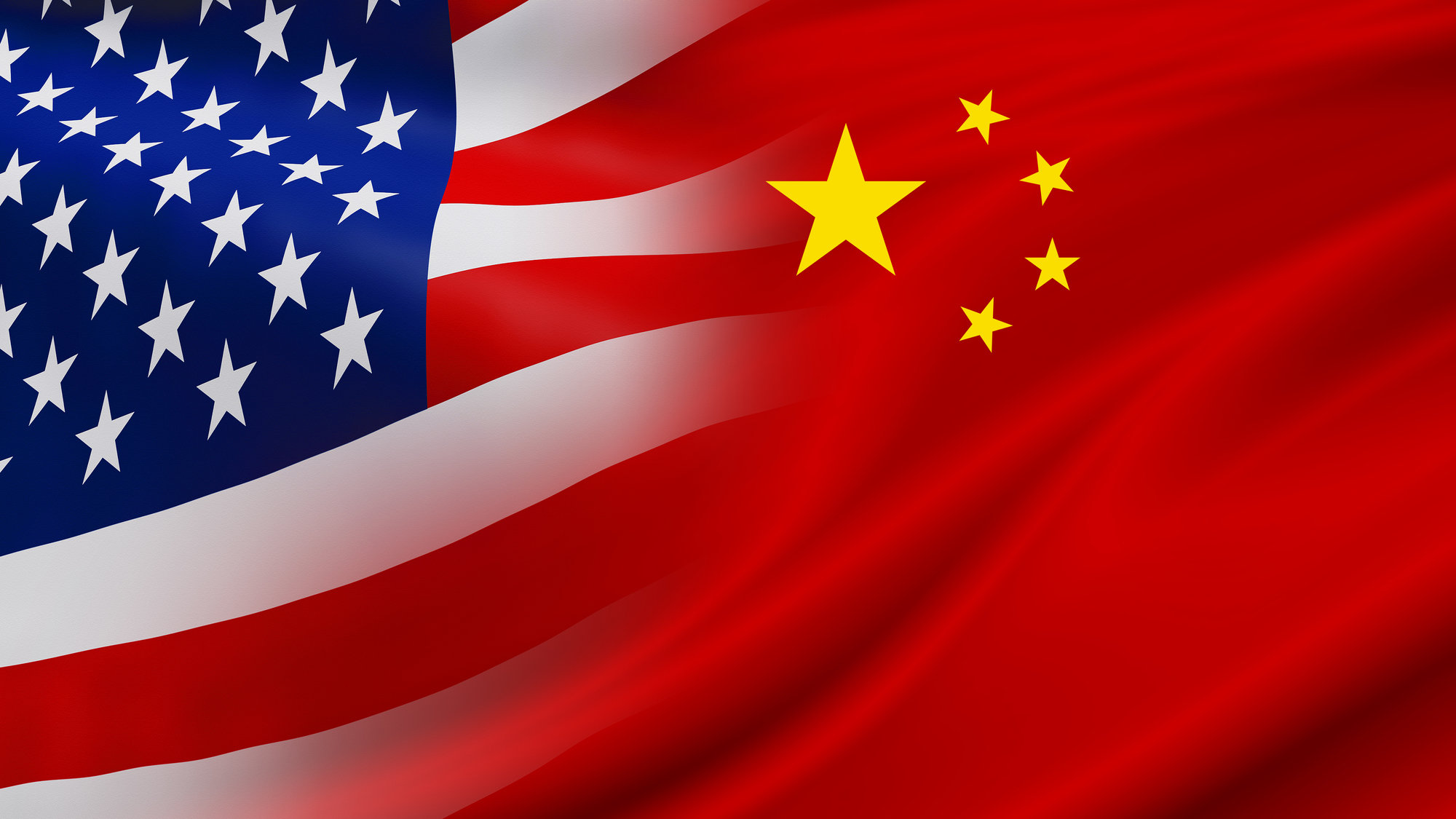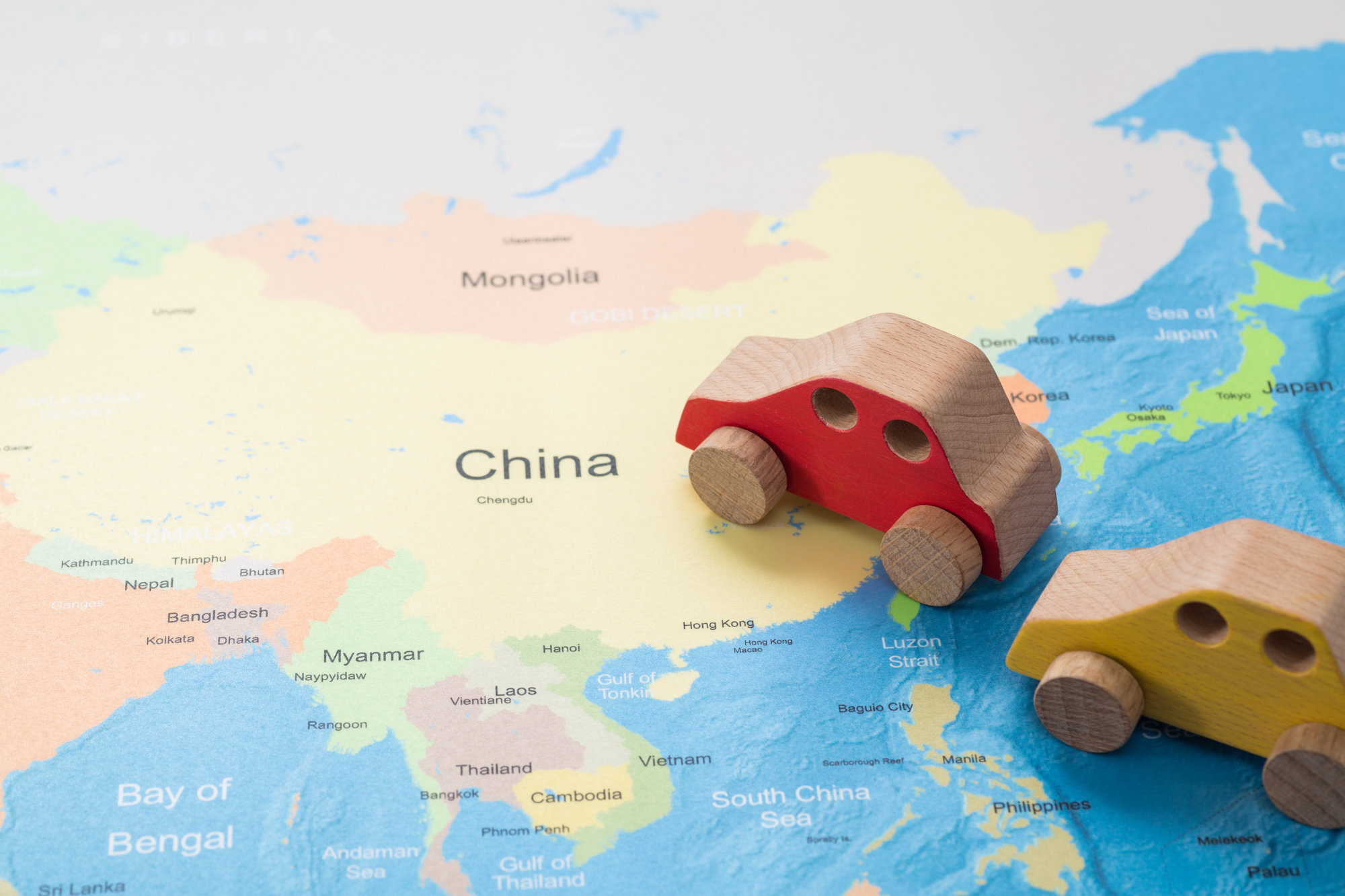2015/10/28
Akira Yasuda, "Chinese Trade Policy in Transition"
[PDF version] (The article appeared originally in Japanese in IIPS Quarterly, dated July 17, 2015).
This paper provides an overview of China's trade policy since the "reform and opening up" policy, through to the country's 2001 accession to the World Trade Organization (WTO), and up to today, when the country is a leading player in the international trade system.
The history of China's WTO accession
In 1978, under the leadership of Deng Xiaoping, China switched paths to one of "reform and opening up." Once China began to travel down this path in earnest, it had to adjust to the international trading regime. Contemporaneously with the January 1979 establishment of relations between the US and the People's Republic of China, trade friction with the US concerning the textiles trade was intensifying. The US implemented unilateral restrictions on imports from China. In 1983, China, which wanted to guarantee stable exports of its textile products, acceded to the Arrangement regarding International Trade in Textiles (usually referred to as the Multi Fibre Arrangement, or MFA), which was agreed to under the GATT regime (the forerunner to today's WTO). Through the MFA, China secured import quotas for its textile products in each of the countries party to the arrangement. In the five years from 1984, China nearly doubled its textile exports. Participation in the MFA resulted in China coming to understand the significance of participating in the international trade regime, which was centered on the GATT.
China's GATT accession negotiations commenced in 1987. However, they did not go smoothly: The June 1989 Tiananmen Square Incident temporarily caused the negotiations to break off, and, starting in the 1990s, the US and Europe became more vocally hostile toward the rapidly rising Chinese economy. In addition, Asian currency crises and other setbacks delayed Chinese accession. However, in 1998, the inauguration of Zhu Rongji as premier resulted in an acceleration of the negotiations. In November 2001, China's WTO accession was approved at the fourth WTO Ministerial Conference in Doha, with the official joining taking place in December.
China in the 1980s had clearly focused on the trade expansion effects it would enjoy from joining the GATT, but it also had an eye on improving its international standing through accession. By contrast, what Zhu Rongji sought from WTO accession was its effect as an "external pressure" to advance reforms to domestic industries--including inefficient nationalized companies and the banking sector--as well as its function as a venue for China to participate in the process of forming international trade rules and to argue for its national interest.
Changes in Chinese attitudes toward the WTO
Immediately following China's joining of the WTO, other countries expressed positive views of China's stance toward the international trading regime. For instance, the US trade representative positively evaluated the Chinese government's actions taken immediately after joining the WTO: "Following China's accession to the WTO, the Chinese government took many impressive steps to implement China's numerous commitments. These steps unquestionably deepened China's integration into the WTO's rules-based international trading system, while also strengthening China's ongoing economic reforms." China in the 2000s can be praised for successfully expanding the amount of foreign direct investment by adjusting its domestic legislation to conform to the WTO regime and opening up its market.
The Hu Jintao administration, which was inaugurated in 2003, began to display different colors than those of the preceding government. In the restructuring of government organs that occurred that same year, the National Development and Reform Commission (NDRC)--which oversees industrial policy--and the State-owned Assets Supervision and Administration Commission--which reports directly to the PRC State Council--were both formed. Under the NDRC, China's tendency to emphasize the development of its own industries in its industrial policy intensified, as exemplified by the 2004 issuance of an "Automotive Industry Development Policy"--the first automobile industry policy implemented in China in a decade. In March 2006, the 11th Five-Year Plan was adopted. The new plan included "enhancement of indigenous innovation capability," further spurring the trend.
At this time, there were several significant changes to the trade and investment environment in which China found itself. First, concerning trade, the January 2005 abolition of quotas on imports of Chinese textiles into the US and the EU brought textile-related trade frictions to the surface. As China's foreign exports grew, the tendency of Europe and the US to institute frequent anti-dumping measures intensified. Because of growing trade friction, China recognized that there were limits to its strategy of aiming for export-led growth. It increased direct investment in the markets of partner countries, implementing the so-called zǒu chūqù ("going out") policy and switching to a path of increasing domestic demand. In other words, one can take the view that, at this time, one of the incentives for complying with WTO rules--the expectation that the WTO would act as a tool for expanding trade--weakened.
From around 2005, domestic voices calling out the excessive presence of foreign investment began to grow stronger. The focus of domestic direct investment switched from aspects of quantity to those of quality--achieved, for instance, by adopting the latest technologies. China thus toned down its encouragement of domestic firms' reforms through the aggressive use of foreign investment. This, too, decreased the incentive to emphasize WTO rules. Instead, perceptions of these rules as burdensome or as imposing excessive costs began to erupt. Subsequently, China implemented policies that could be seen as intended to mitigate the domestic impact of opening up its markets, including the Anti-Monopoly Law of the People's Republic of China (implemented in 2008), which has been heavily criticized as "bashing foreign firms."
In addition, it became clear at around this time that the WTO Doha Round of negotiations was reaching a deadlock. China's aim of using participation in multilateral WTO trade liberalization negotiations as a way to be actively involved in the forming of global trade rules crumbled as the Doha Round stagnated.
When the global economic and financial crisis broke out, starting in the US in autumn 2008, China launched large-scale emergency economic measures, increasing its support of domestic industry, dominated by state-owned enterprises. These conditions have been called "the advance of the state and the retreat of the private." At this time, China's journey along the path toward reforming nationalized firms stalled, and the idea of using compliance with WTO rules as external pressure to help advance reform and openness became a thing of the past.
Thus China's motivation for complying with WTO rules weakened. Under the current Xi Jinping administration, the WTO is increasingly thought of as just one international framework among many.
China's FTA diplomacy
Starting in the 2000s, the Chinese government began to employ free trade agreements (FTAs) strategically. Up to now, China's use of FTAs can be summarized as either (1) a tool for strengthening relations with neighboring countries or territories, or (2) part of ensuring stable supplies of resources while also playing a role in security strategy. Such cases as Taiwan, Hong Kong, and Macao can be seen as belonging to category (1), while category (2) would include both China's military quasi-ally Pakistan (with which China lacks a formal collective-defense treaty but cooperates extensively) and Iceland, the FTA with the latter apparently formed with a view to securing future resources and shipping routes in the Arctic Ocean. The FTA with ASEAN has aspects of both categories (1) and (2).
By contrast, in its more recent FTAs with developed countries, China has been focusing on concluding agreements with nations with larger trade volumes. A bilateral FTA with South Korea reached a substantive settlement in November 2014 and was subsequently signed in June 2015. This FTA, unlike others of recent years, involved a relatively low level of trade liberalization and could be described as an agreement that pays heed to the industrial protectionism in both nations. However, it is clear that the mere fact that substantive agreement was reached just two and a half years after the May 2012 start of negotiations strengthened relations between the two countries. Now, China's approach toward the Trans-Pacific Partnership (TPP) and other large-scale agreements currently under negotiation is the subject of much attention.
China's involvement in large-scale, expansive FTA negotiations--such as those for the Japan-China-South Korea trilateral FTA and the Regional Comprehensive Economic Partnership (RCEP)--appears, at least until recently, to have had, as part of its intention, stimulating domestic demand-led growth and progress along the path toward domestic reforms--in other words, of acting as a new "external pressure" similar to that expected from the WTO in the earlier half of the 2000s. However, this aspect of Chinese FTA engagement has vanished with the rapid rise of the current government's yīdài yīlù ("One Belt, One Road") initiative. At the March National People's Congress, Commerce Minister Gao Hucheng stated, "The establishment of free trade areas will be done on the basis of cooperation with China's neighbors and will provide coverage for the 'One Belt, One Road' initiative. We are endeavoring to build a high-standard FTA network globally." Thus FTAs are now clearly part of the One Belt, One Road strategy that China's current government is implementing. In that sense, China's FTA strategy can be seen as a development or extension of its previous line of strengthening partnerships with neighboring countries.
WTO accession contributed greatly to the modernization of China's trading system, eventually establishing the country as a leading, responsible player in international trade. However, the "external pressure" effect that was expected, at the time of joining the WTO, to advance domestic reforms has now weakened. As the venue where international trading rules are created, WTO rounds of talks have also become stagnant, leaving FTAs as the principal field of trade rule-making. Within this environment, countries around the world are focused on how the current Chinese government will interact with the global trend toward ever-larger and more expansive free trade agreements.






